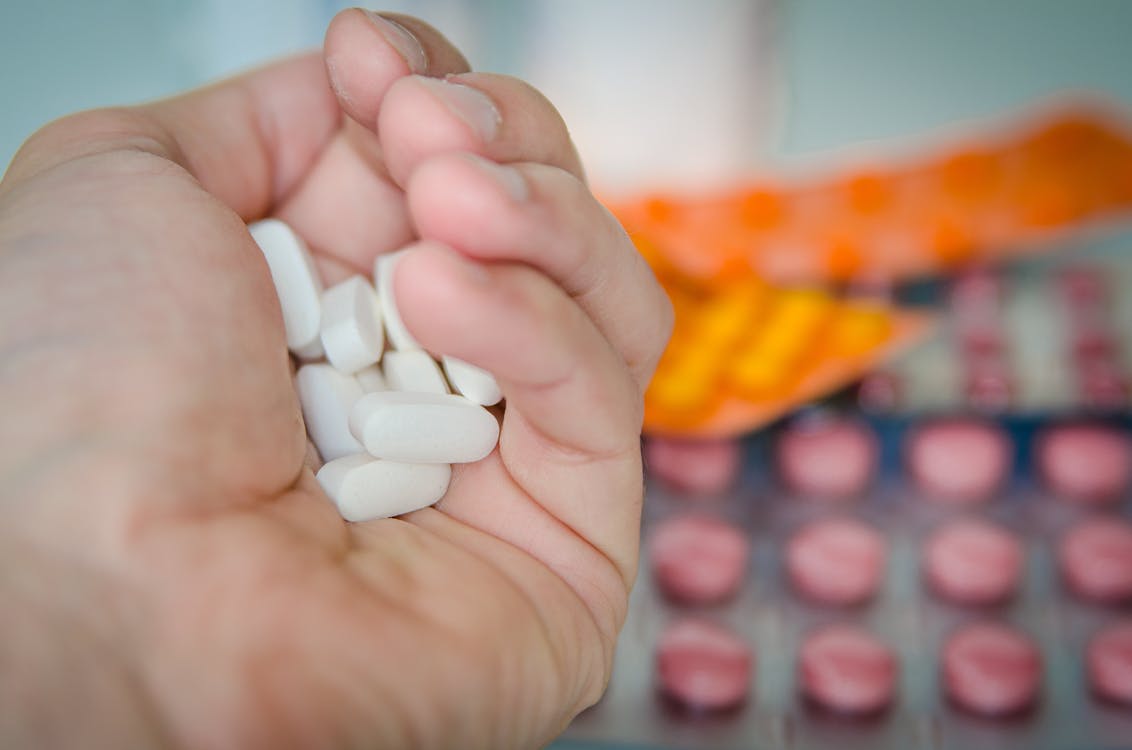· The Plasmodiumspecies that infect humans are P. falciparum, P. vivax, P. ovale, P. malariae and P. knowlesi (rarely). The basic elements of the life cycle are the same for all Plasmodium sp
· Transmission begins when a female Anopheles mosquito feeds on a person with malaria and ingests blood containing gametocytes.
· During the following 1 to 2 wk, gametocytes inside the mosquito reproduce sexually and produce infective sporozoites. When the mosquito feeds on another human, sporozoites are inoculated and quickly reach the liver and infect hepatocytes.
· The parasites mature into tissue schizonts within hepatocytes. Each schizont produces 10,000 to 30,000 merozoites, which are released into the bloodstream 1 to 3 wk later when the hepatocyte ruptures.
o Each merozoite can invade an RBC and there transform into a trophozoite
· Trophozoites grow, and most develop into erythrocyte schizonts; schizonts produce further merozoites, which 48 to 72 h later rupture the RBC and are released in plasma.
· These merozoites then rapidly invade new RBCs, repeating the cycle
· Some trophozoites develop into gametocytes, which are ingested by an Anopheles mosquito
· They undergo sexual union in the gut of the mosquito, develop into oocysts, and release infective sporozoites, which migrate to the salivary glands

References
Wells BG, DiPiro J, Schwinghammer T (2013), Pharmacotherapy Handbook (6th Ed). New York, NY: McGraw-Hill.
DiPiro JT, Talbert RL, Yee GC, Matzke GR, Wells BG, Posey ML, (2008): Pharmacotherapy: A Pathophysiologic Approach (7th ed): New York, NY: McGraw-Hill.
Katz M D., Matthias KR., Chisholm-Burns M A., Pharmacotherapy(2011) Principles & Practice Study Guide: A Case-Based Care Plan Approach: New York, NY: McGraw-Hill.
Schwinghammer TL, Koehler JM (2009) Pharmacotherapy Casebook: A Patient-Focused Approach
(7th ed): New York, NY: McGraw-Hill.



Leave a Reply